Safety is paramount on any site where you use heavy vehicles and large machinery.
Most companies working in the construction industry, civil works or mining understand the importance of safety. It’s why there are so many workplace health and safety regulations in place to protect all workers. However, when people get busy and are pushing to meet deadlines, it’s not uncommon for people to cut a few corners.
This is like playing with fire, especially when dealing with large equipment and tough environments where accidents can happen easily. No deadline is worth one of your workers suffering serious injuries or, even worse, a fatality.
With that in mind, let’s look at some quick tips for wheel loader safety, many of which you can apply to skid steer loader safety and other heavy equipment practices
1. Only Use Fully Trained Operators
From a Light Rigid licence required to operate a loader on main roads or a White Card certification to work construction, it’s up to companies to ensure that everybody working on-site has undertaken the appropriate training and understands their obligations. It’s not just to protect themselves but also to ensure the safety of all other workers.
In the same way that you wouldn’t let someone work in an area prone to diesel contamination without training, you also shouldn’t let people operate heavy machinery without training.
An extra quick tip: Even if you hire experienced operators, ensure they understand your job site’s specific safety standards because they may bring old habits from previous, more relaxed settings.
2. Always Inspect the Loader Before Use
Safety checks before using any type of heavy machinery are essential. These checks are even more important when it comes to wheel loaders, front-end loaders or any kind of earthmoving equipment with attachments. Some great tips for pre-use inspections include:
- Check underneath the machine for signs of leaks
- Remove any dirt or other material from around the radiator and engine area
- Check air, fuel and oil filters
- Look for wear and tear on fans, belts and other easy-to-access components
- Check the tyres and rims for signs of damage and wear
- Inspect greasing points and high-friction areas
- Check the warning lights and operator controls
While you’re not expected to do a complete service every time you start the machine, these basic checks can ensure everything is working correctly. This isn’t just for safety, ultimately, preventative checks and maintenance helps to ensure your equipment can be used for longer, with less downtime.
3. Ensure Attachments Are Securely Fixed
As part of your pre-use inspection, the other crucial thing to check are the attachments. No matter what type of loader you operate, you can cause a whole lot of damage to the machine itself, property and other workers if you don’t ensure the attachment is fixed correctly. So, if there is any doubt, you must stop what you’re doing and ensure the attachment is securely fixed before use.
4. Always Use a Seat Belt or Safety Bar
It might be an obvious suggestion, but seatbelts and safety bars are there for your protection. Many loader operators think they don’t need this protection because they only ever move at low speeds, but this is false. Accidents can always occur when operating heavy machinery - this applies to any speed.
Safety is paramount on any site where you use heavy vehicles and large machinery, starting with a seatbelt.
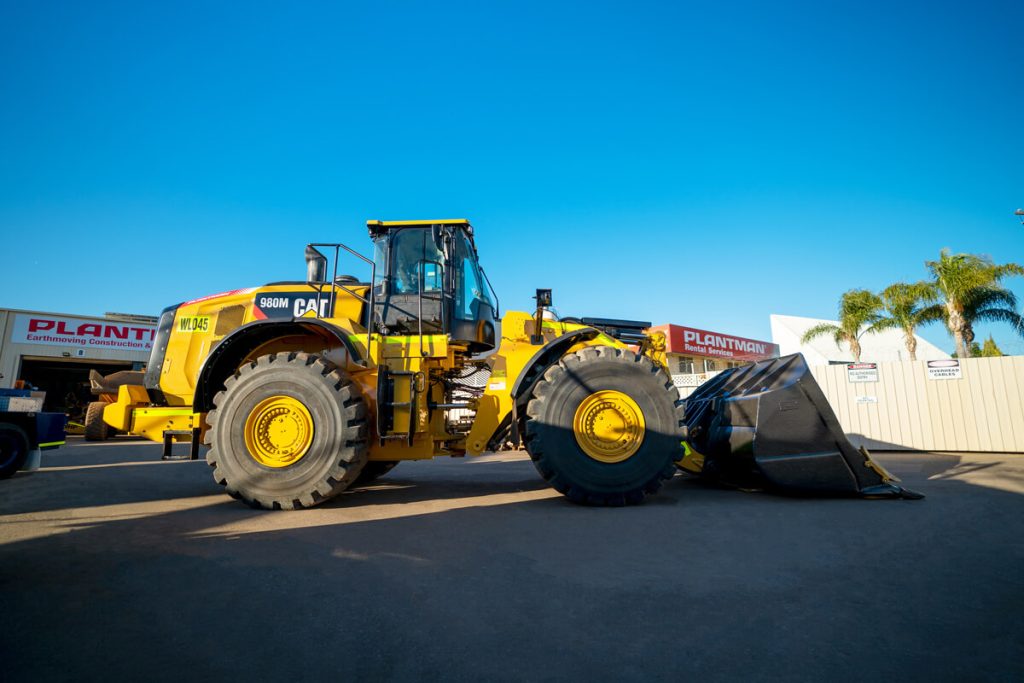
5. Never Exceed the Maximum Load Capacity
The load capacity of your loader is there for a reason. Manufacturers build machines to withstand certain conditions, and weight is undoubtedly one of those. For example, overloading the bucket of a loader puts extra strain on the arms, joints and other components. You might get away with it a few times, but this extra wear and tear ultimately makes the machine less safe to use, and repairs can be costly.
In extreme cases, the arms of your loader can break, putting people in the area at risk of a severe accident if this occurs while transporting a load.
6. Distribute Loads Evenly in the Bucket
As we’ve already discussed, most loaders are rated for a maximum load capacity. However, even if you don’t fill anywhere near the maximum capacity, things can still go wrong if the load is uneven. While technology these days is much better, the hydraulic arms and other components of your loader aren’t invincible.
Too much weight on one side of the bucket puts extra strain on one of the arms. This puts the machine at risk of failure and is, therefore, a safety risk for everybody in the area. In addition, it means the hydraulics are wearing unevenly, which can cause unnecessary downtime and ineffective maintenance processes.
7. Always Lift the Bucket Slowly and Steadily
Loaders aren’t built for fast movements. Lifting the bucket of a loader too quickly is a sure way to lose materials. Falling debris from a loader can also cause injuries to anyone in the area, therefore, the bucket should always be lifted slowly and smoothly.
Just like any other form of incorrect operation, rapid movement puts extra strain on the machine and can result in expensive damage. Slow movement also helps ensure the machine maintains a good balance.
8. Keep the Bucket Low When Transporting
For much the same reason as those listed above, you should always keep the bucket as low to the ground when transporting. Naturally, the higher the bucket is raised, the more damage can be caused by falling debris, plus, a raised bucket will make the machine unbalanced.
While loaders are meant to carry heavy weights, think about it like the human body. Loaders also have joints, and incorrect operation means that the wrong joints support too much weight, resulting in possible damage.
You should also avoid turning the loader while you have a load raised. If you’ve got a heavy load lifted up in the bucket and tried to turn the loader, you’re more at risk of losing balance, which naturally can have dire consequences.
9. The Correct Direction When Travelling on Inclines
When operating a loader on an incline, you should follow a few rules to reduce the risk of losing balancing or tipping. First, if you are carrying a load up an incline, your loader should always be moving forward. This is simple physics more than anything else because it keeps the less stable and heavier part (the filled bucket and arms) towards the higher point of the incline. This prevents the loader from tipping.
By the same token, you should be in reverse when moving down an incline, keeping the heavily weighted arms and bucket toward the higher point of the slope. Because of the extra weight at the front of the machine when carrying a load, in some ways, it’s a bit like the safety tips you would follow for operating a crane safely.
10. Get Help From Plantman
Plantman offers a range of wheel loaders for all types of applications, whether construction, civil works or mining. In fact, we’ve got skid steer loaders and an entire fleet of heavy earthmoving equipment available for hire and purchase. All of our products are engineered for demanding work in harsh conditions. So, no matter how complex your terrain is, Plantman has an earthmoving solution for your needs.
With finance options available and a team of experts who understand your business, there are many reasons to choose us for heavy equipment. We also offer full customisation options, ensuring every piece of machinery or vehicle you get from Plantman is fit for purpose. Feel free to contact our friendly team today to discuss any of your needs with our specialists.

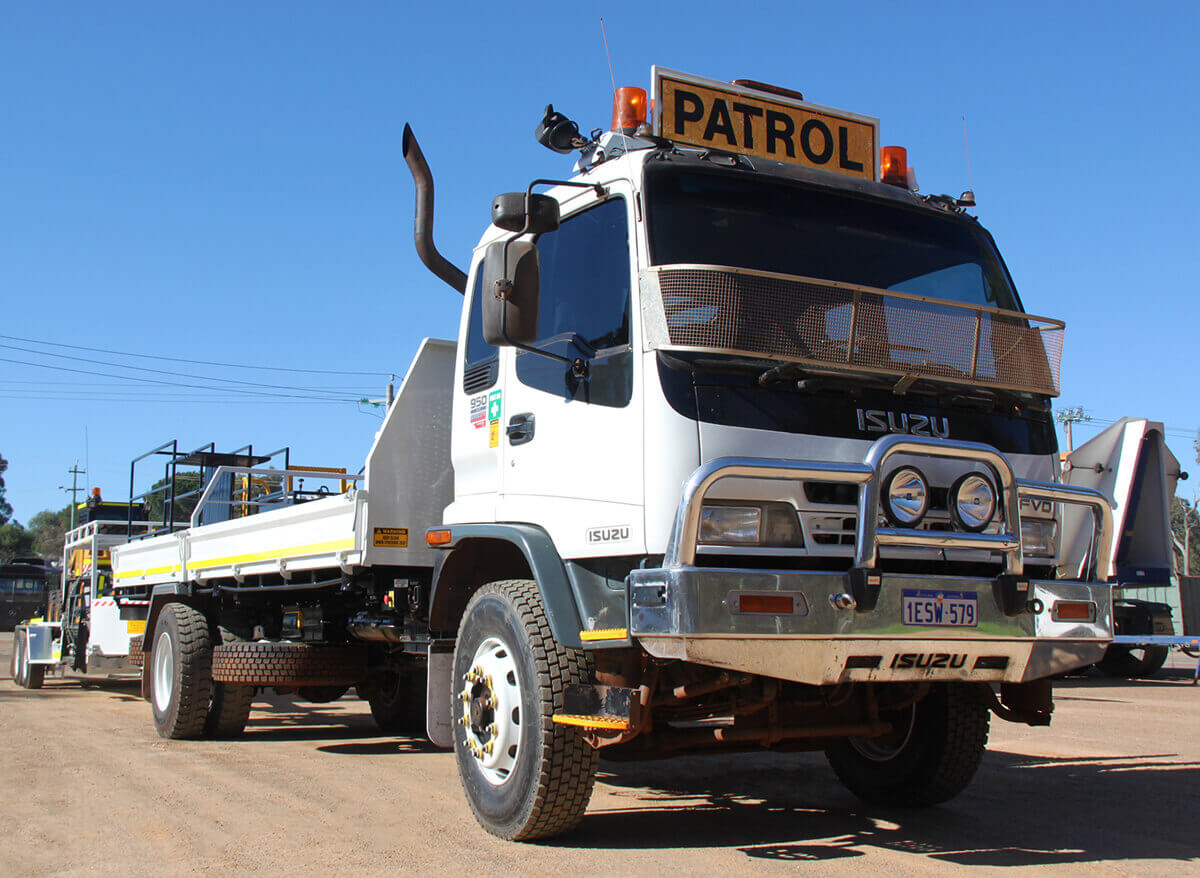
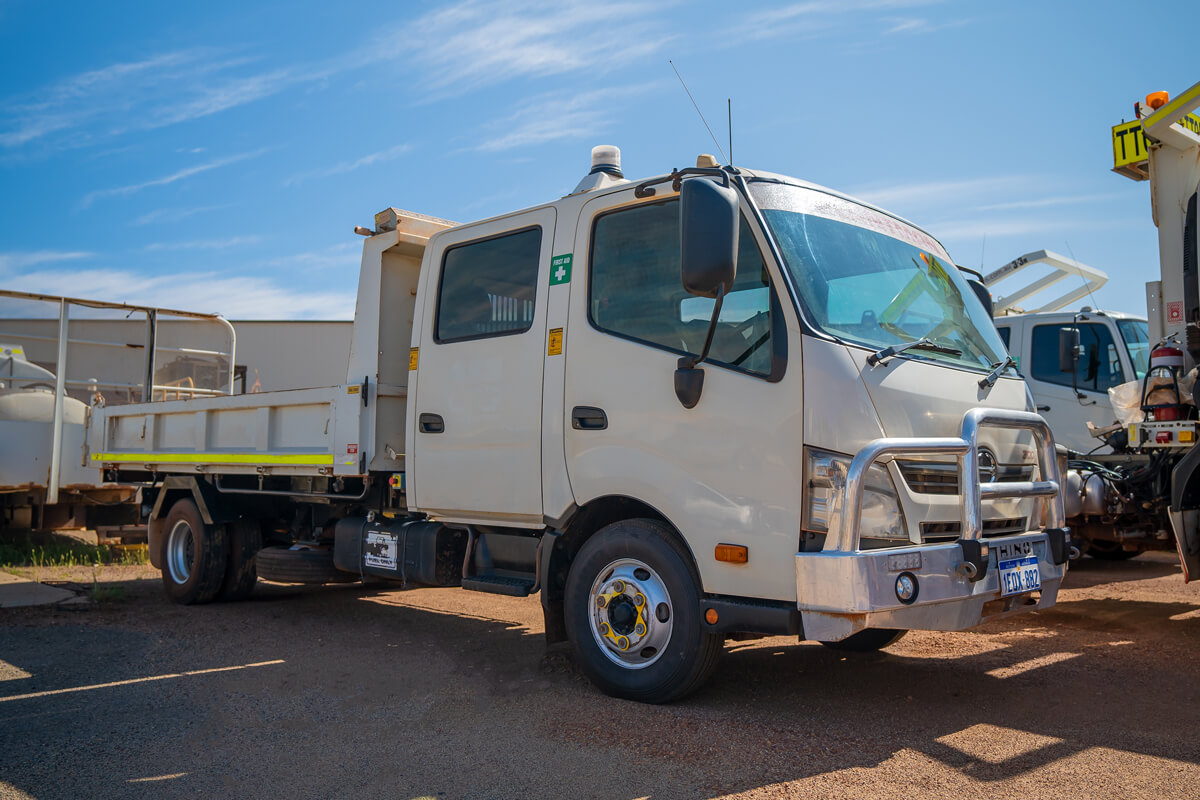
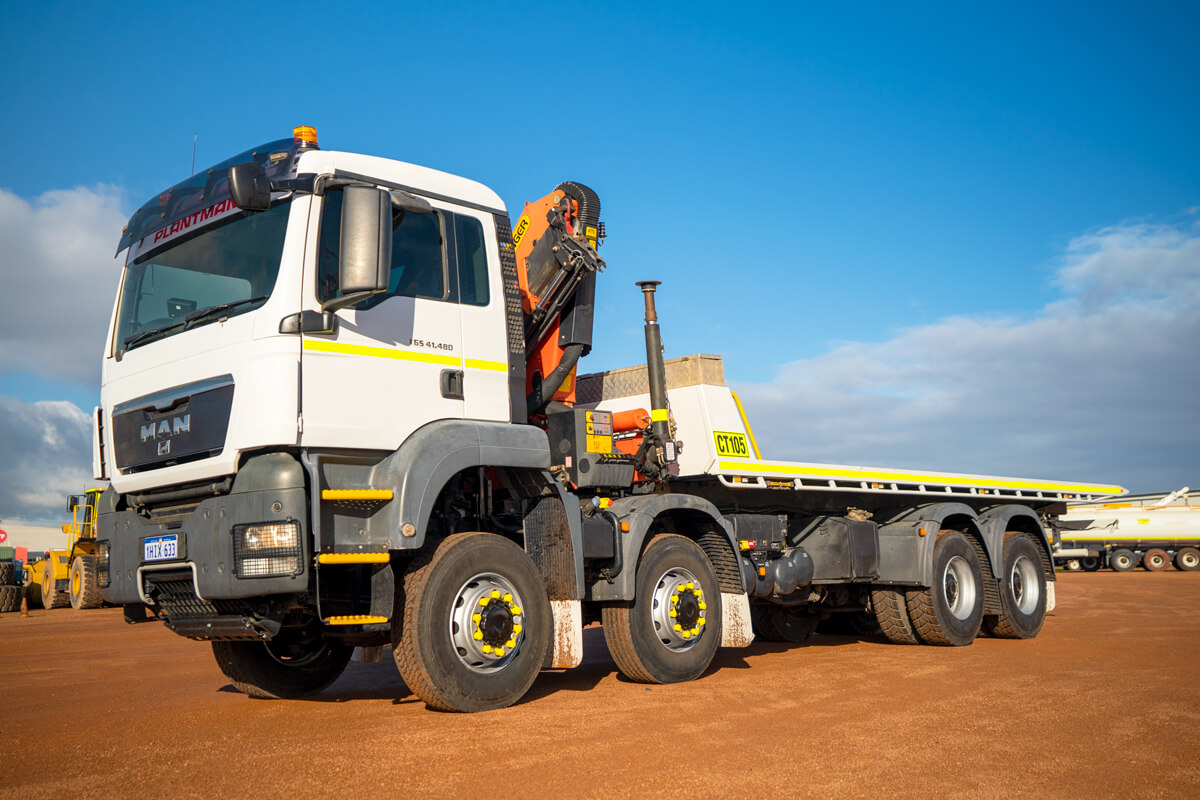
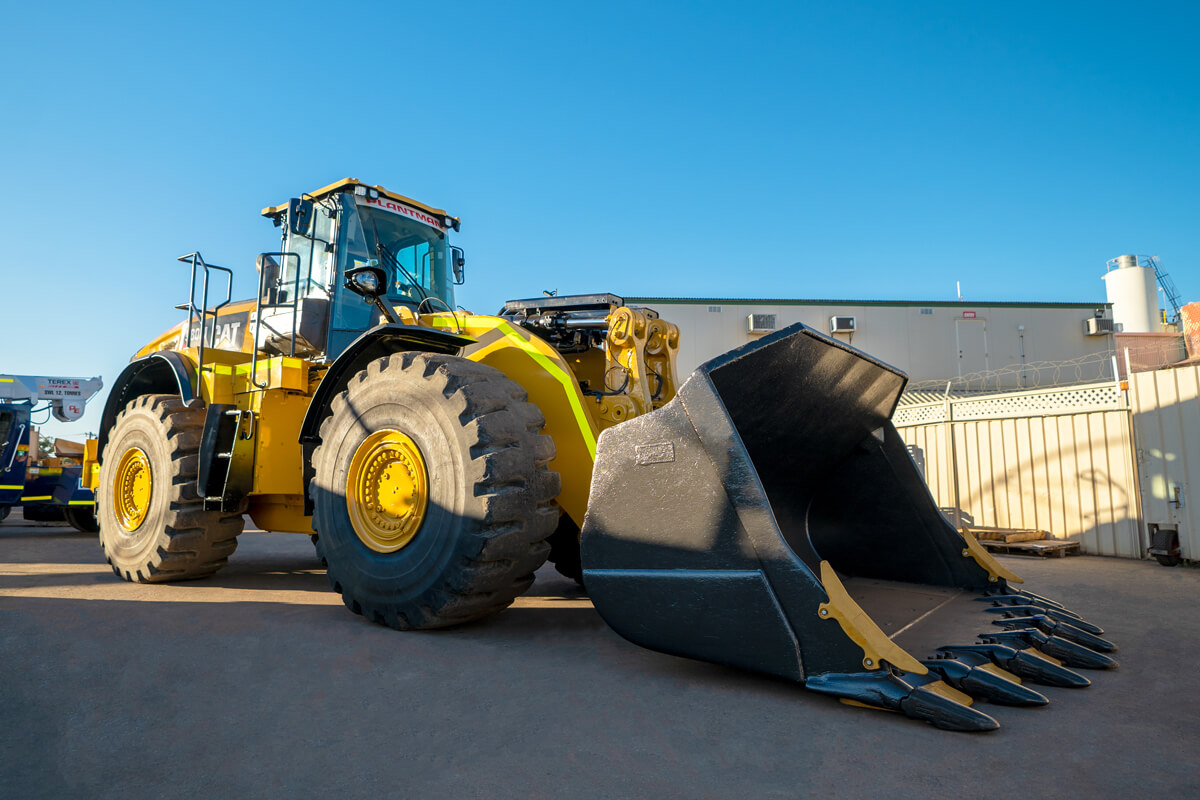
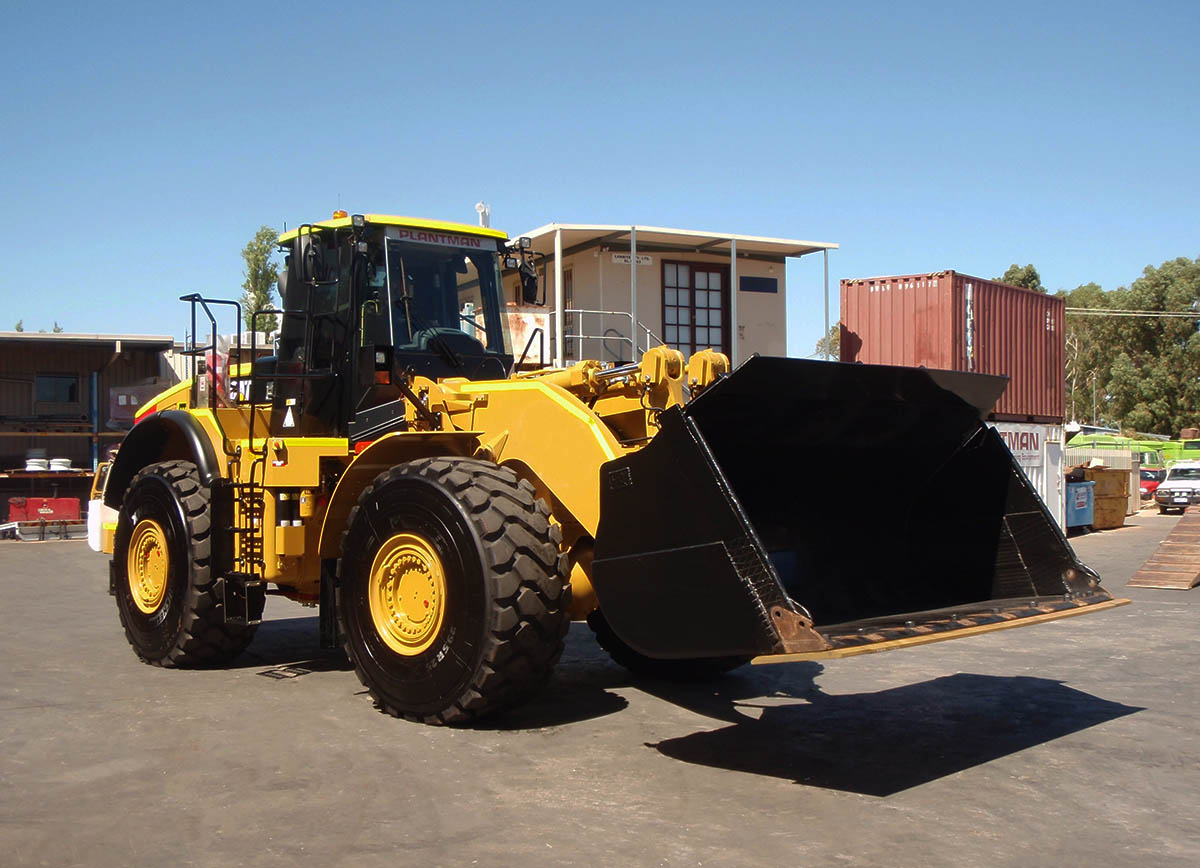
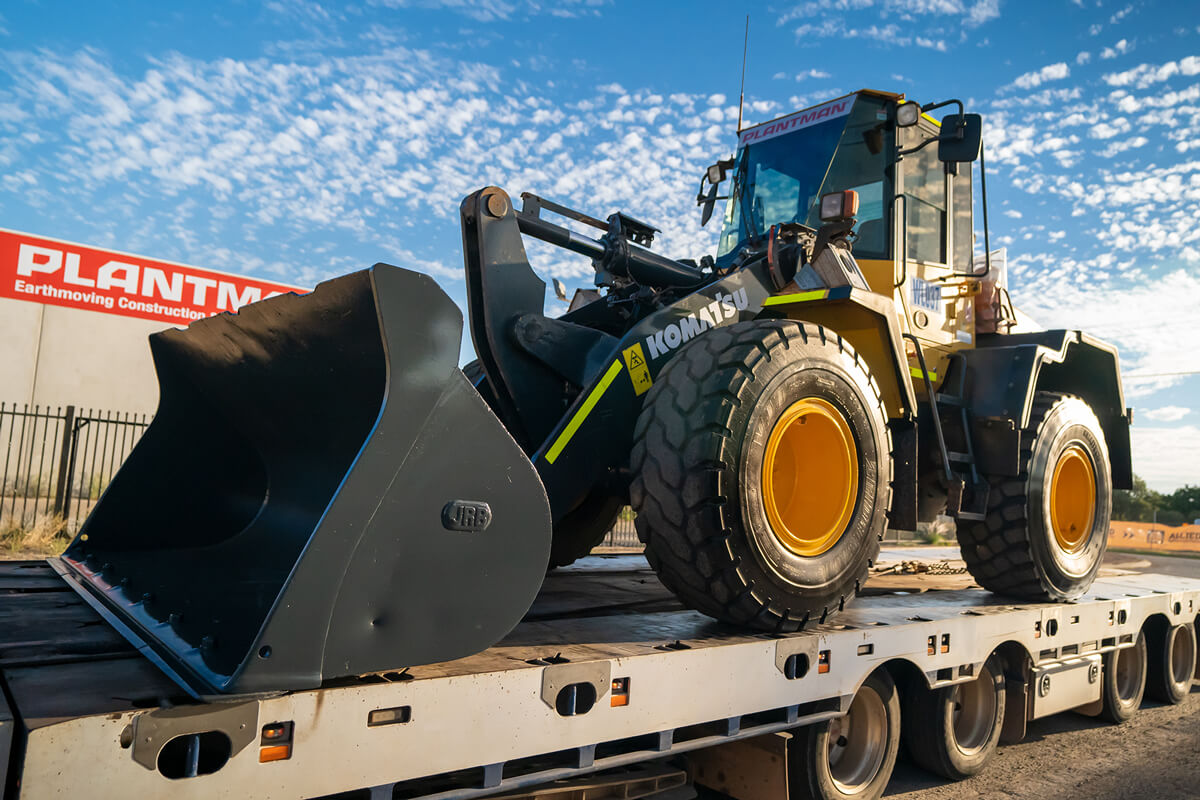
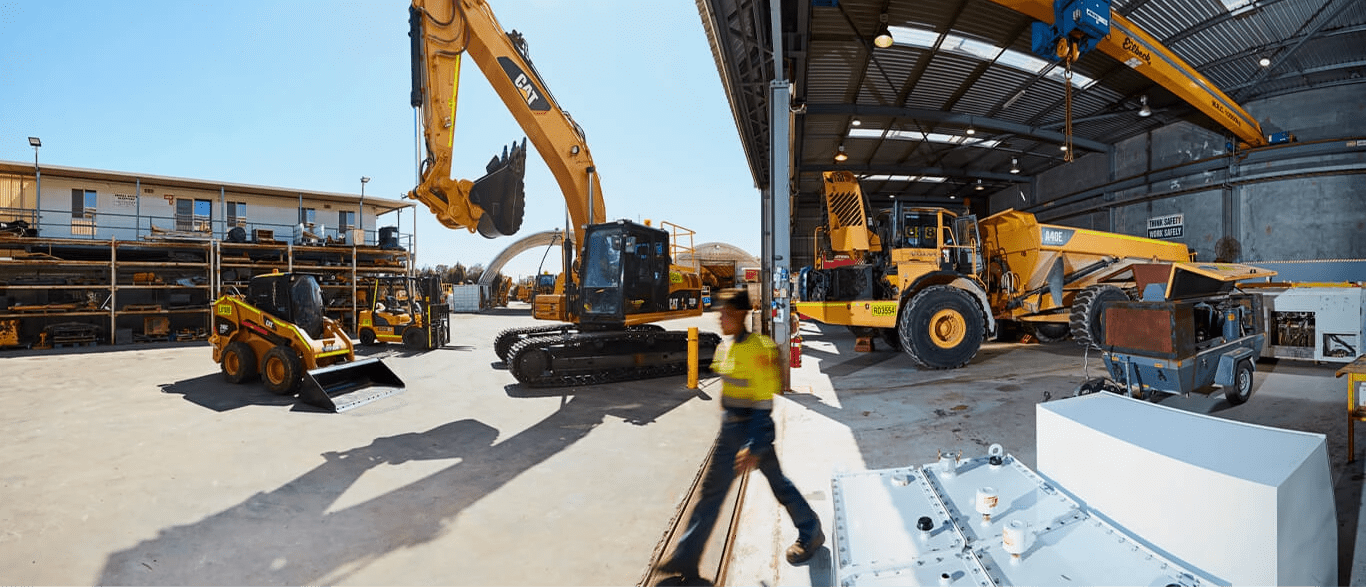

Now that I’ve found Plantman and they’re local which is a bonus, I won’t need to look elsewhere. They also have an extensive range of equipment that suits our requirements for servicing the mining industry. I have no hesitation in recommending Plantman to any of our clients. Well Done!!!